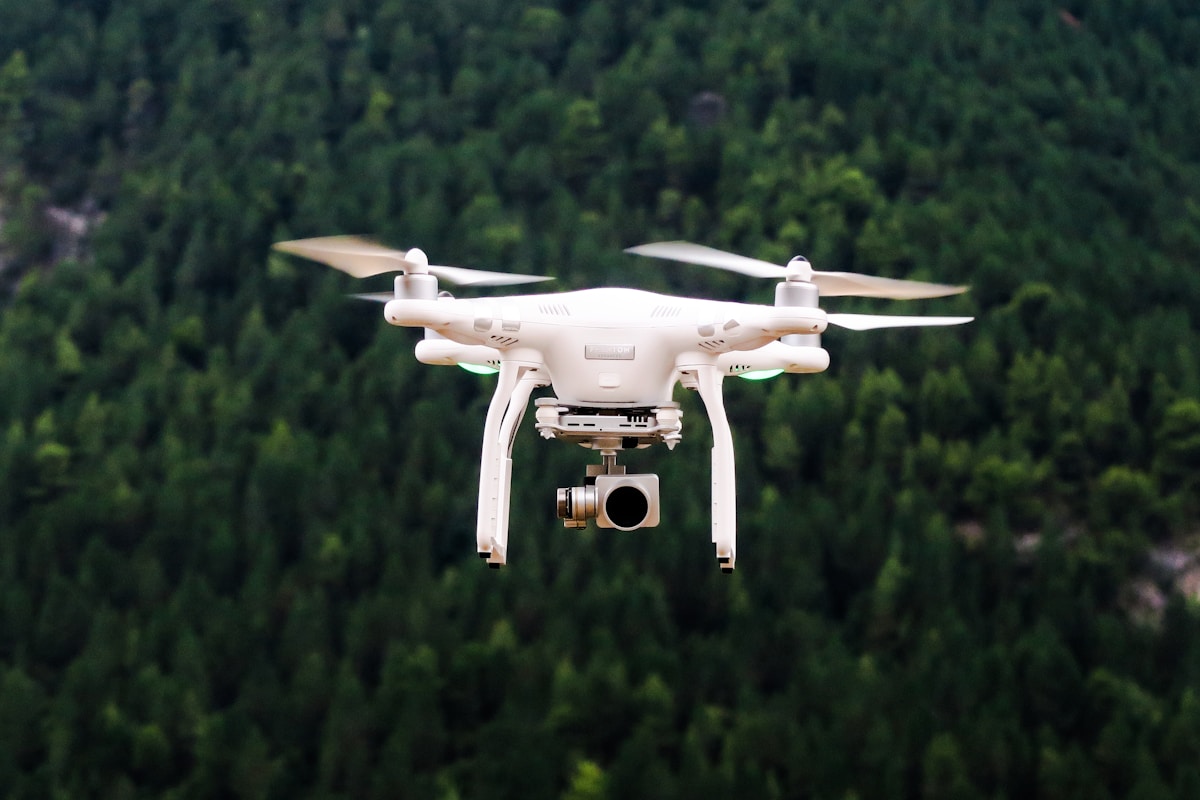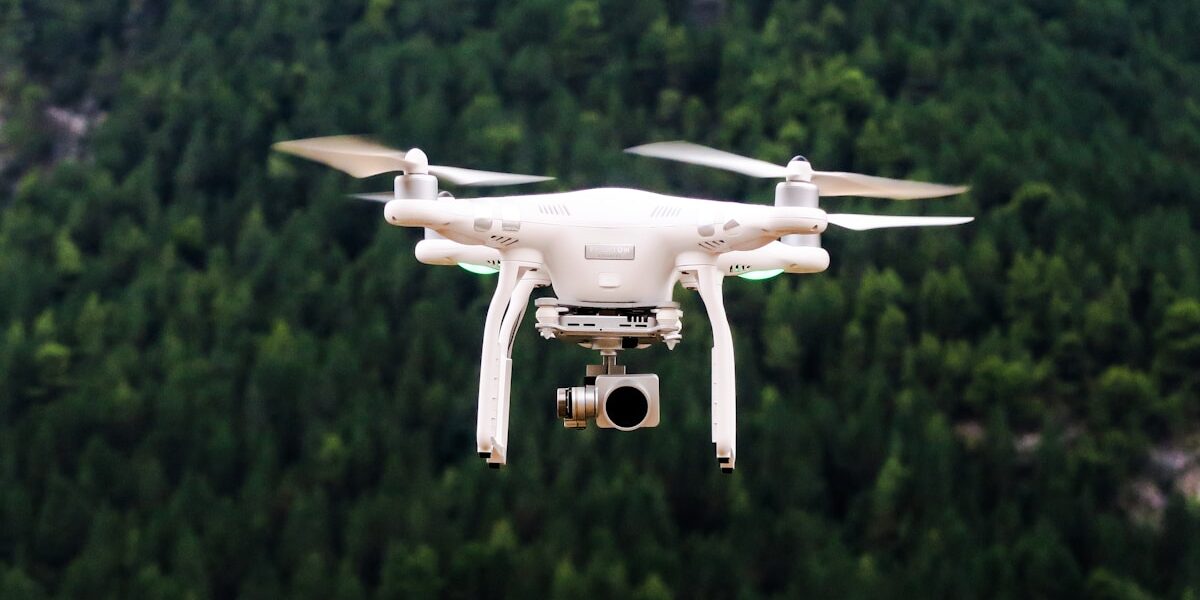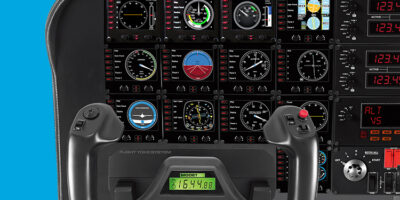VR Headset for PC: The Ultimate Guide
Virtual Reality (VR) has emerged as a game-changing technology. When paired with a PC, a VR headset can offer a deeply immersive experience. This article explores the essentials of using a VR headset with a PC, helping you make informed decisions and maximize your VR experience.

Understanding VR Headsets
A VR headset is a device that lets you enter a virtual environment. It includes a screen that displays images close to your eyes. Motion sensors track your head movements, and lenses adjust the visuals for depth and realism. Many VR headsets also come with hand controllers to interact with the virtual world.
Types of VR Headsets
- Tethered Headsets: Connected to a PC via cables, providing high-quality graphics and performance.
- Stand-alone Headsets: Operate independently from a PC, with built-in processing power.
- Smartphone VR: Utilize a smartphone as the display and processing unit, usually less powerful.
Popular VR Headsets for PC
Oculus Rift S
Oculus Rift S offers an impressive resolution and ergonomic design. It features inside-out tracking, eliminating external sensors. The headset is comfortable, fitting various head sizes easily. The controllers are responsive, making interactive experiences seamless.
HTC Vive Cosmos
HTC Vive Cosmos is known for its high-resolution display and modular features. It offers a customizable faceplate for different tracking options. The headset features inside-out tracking and ergonomic controls. It’s an ideal option for both gamers and tech enthusiasts.
Valve Index
Valve Index sets itself apart with a wide field of view and high frame rate. The controllers, known as Knuckles, have unique grip sensors and a full range of motion tracking. This headset requires external sensors for precise tracking.
System Requirements
Running a VR headset on a PC demands a powerful system. Key components include a fast processor, a high-end graphics card, ample RAM, and sufficient USB ports. The official websites of the VR headsets typically list the minimum and recommended system specs.
CPU
A modern multi-core processor, such as an Intel i5 or AMD Ryzen 5, is essential for a smooth VR experience. Higher-end CPUs provide better performance, especially in graphically intense applications.
GPU
A powerful GPU is crucial. NVIDIA and AMD offer top-tier graphics cards suited for VR. Consider a GPU such as the NVIDIA GeForce RTX series or the AMD Radeon RX series. They are specifically designed to handle the high frame rates needed for VR.
RAM
At least 8GB of RAM is required, though 16GB is recommended for better performance. Faster RAM can also contribute to smoother operation and quicker load times in virtual environments.
Ports
Ensure your PC has enough USB ports and HDMI or DisplayPort slots. VR headsets typically require multiple connections, primarily for the display and tracking sensors.
Setting Up a VR Headset
Begin by installing the necessary software and drivers. This is usually done via the manufacturer’s website or included installation media. Connect the headset to the PC using the required cables. Next, configure the tracking sensors, following the instructions to ensure optimal placement and coverage.
Launch the VR software, such as SteamVR, and calibrate the headset and controllers. Adjust the fit of the headset for comfort and clarity. Ensure the controllers are paired and working correctly.
Safety and Comfort Tips
- Take frequent breaks to prevent eye strain and fatigue.
- Ensure a clutter-free play area to avoid accidents.
- Adjust the headset straps and lenses for a comfortable fit.
- Stay aware of your surroundings, especially when using room-scale VR.
Popular VR Experiences and Games
Beat Saber
Beat Saber is a rhythm game that combines music with dynamic gameplay. Players slice blocks to the beat of the music, providing an engaging and energetic experience.
Half-Life: Alyx
Half-Life: Alyx is a VR-exclusive entry in the Half-Life series. It features detailed graphics, interactive puzzle-solving, and a captivating story, setting a high standard for VR gaming.
Virtual Desktop
Virtual Desktop allows you to use your PC in VR. You can browse the web, watch movies, and even play non-VR games on a giant virtual screen. It’s a versatile application that enhances productivity and entertainment in VR.
Future of VR Headsets for PC
The future of VR is promising. Advancements in display technology, sensors, and wireless capabilities are forthcoming. Expect higher resolutions, wider fields of view, and more ergonomic designs. Wireless VR is also becoming more mainstream, reducing the dependency on cables and improving freedom of movement.
Continued investment in VR development will lead to more diverse applications beyond gaming. This includes education, training, virtual tourism, and social interaction platforms. Coupled with advancements in artificial intelligence, VR experiences will become more realistic and intuitive.




Subscribe for Updates
Get the latest articles delivered to your inbox.
We respect your privacy. Unsubscribe anytime.